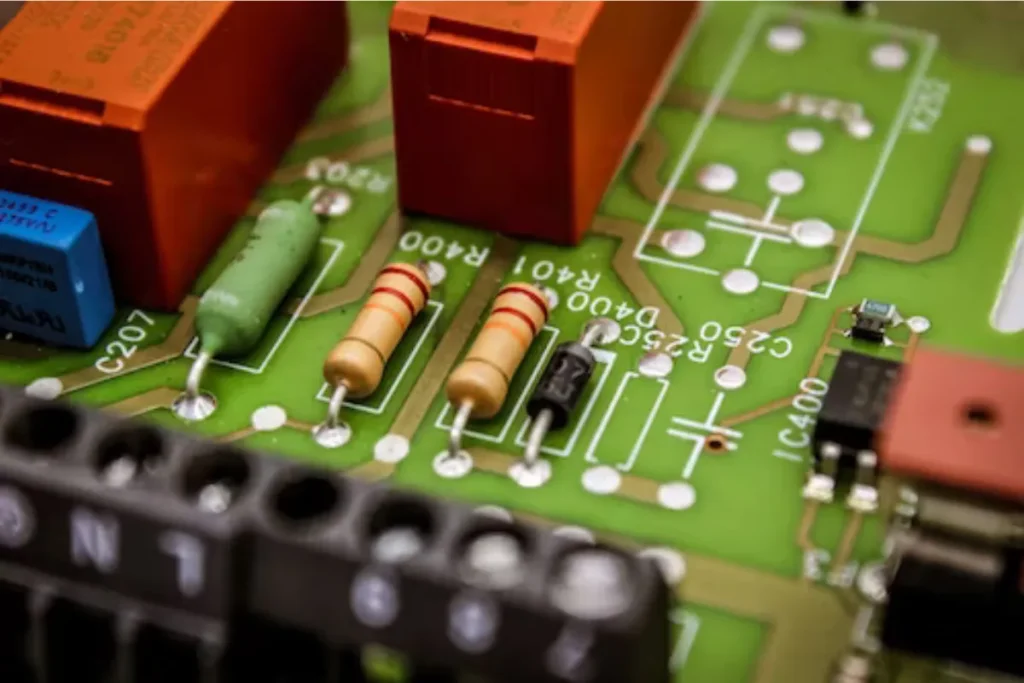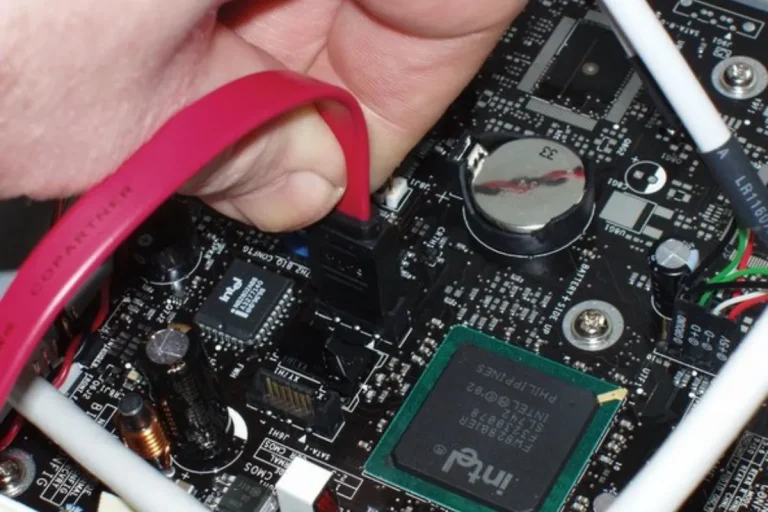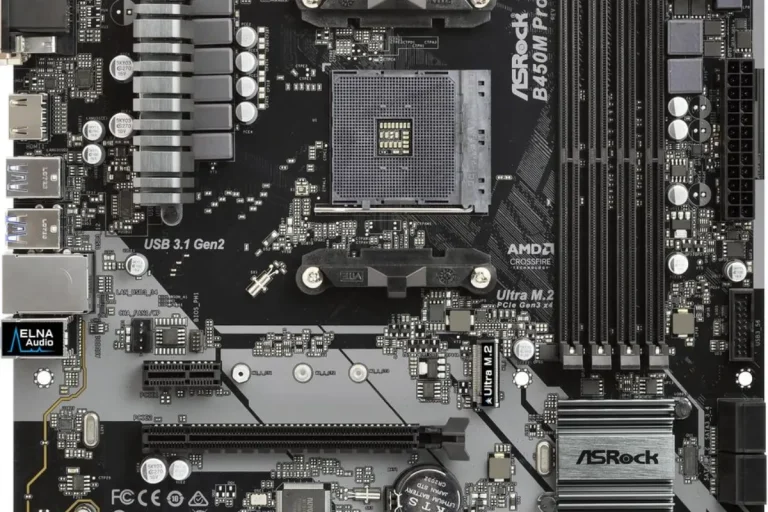What is the role of a southbridge in a motherboard?
The Southbridge plays a vital role in a motherboard, acting as the unsung hero behind the scenes. It’s like the backstage manager, ensuring smooth communication and coordination between your computer’s CPU and all its peripheral devices. From USB ports to audio controllers, the Southbridge handles it all.
Data Transfer and Storage
When it comes to data transfer and storage, the Southbridge takes the reins, ensuring efficient communication between the CPU and various storage devices, such as hard drives and solid-state drives (SSDs). Southbridge controls this crucial aspect and its involvement in managing disk controllers and supporting different storage interfaces.
Explanation of Data Transfer
The Southbridge acts as the intermediary between the CPU and storage devices, facilitating the transfer of data. It ensures that the data flows smoothly and swiftly between the two, enabling quick access to your files and programs.
Whether you’re saving a document or loading a game, Southbridge manages the data transfer process, ensuring that the information is properly transmitted and stored on the designated storage device.
Managing Disk Controllers
Disk controllers play a vital role in the operation of storage devices, and the Southbridge plays a key part in managing them. It coordinates the communication between the CPU and the disk controllers, allowing for efficient data transfer and access.
Supporting Different Storage Interfaces
In addition to managing disk controllers, the Southbridge also supports various storage interfaces. These interfaces determine how the storage devices connect to the motherboard.
Whether it’s Serial ATA (SATA), which is commonly used for hard drives and SSDs, or other interfaces like IDE or SCSI, the Southbridge provides the necessary support and compatibility. It enables the seamless integration of different storage devices, allowing you to choose the ones that best suit your needs.
Power Management
In the realm of computer hardware, power management is a crucial aspect that ensures efficient operation and conserves energy. The Southbridge, a vital component of a motherboard, plays a significant role in managing the power supply and optimizing power consumption.
Overview of Power Management
The Southbridge takes charge when it comes to power management. It controls the power supply to different components of your computer, ensuring that each device receives the appropriate amount of power to function optimally.
Additionally, Southbridge is responsible for managing power-saving features. It enables your computer to enter sleep mode or hibernation, reducing power consumption during periods of inactivity. This not only saves energy but also prolongs the lifespan of your components.
Regulating Voltage and Power Consumption
One of the key tasks of the Southbridge is to regulate voltage. It ensures that the voltage supplied to various components remains stable and within safe limits. This voltage regulation is crucial for preventing damage to the sensitive electronic circuits within your computer.
Furthermore, Southbridge helps manage power consumption by controlling the power flow to different devices. By optimizing power usage, it minimizes wasted energy and contributes to a more energy-efficient system.
BIOS and System Configuration

When it comes to configuring system settings and initializing hardware, the Southbridge plays a crucial role in collaboration with the Basic Input/Output System (BIOS). In this section, we will explore how Southbridge interacts with the BIOS to ensure a smooth startup and proper system configuration.
Interacting with the BIOS
The Southbridge works hand in hand with the BIOS, a firmware embedded on the motherboard, to configure various settings that govern the behavior of your computer. The BIOS acts as an interface between the hardware and the operating system, and the Southbridge helps facilitate this communication.
During the boot process, the Southbridge communicates with the BIOS, enabling it to access and modify system settings. These settings include parameters related to the CPU, memory, storage devices, and other hardware components.
Hardware Detection and Initialization
Another crucial task performed by Southbridge is hardware detection and initialization. As your computer starts up, the Southbridge takes charge of identifying and initializing the various hardware components connected to the motherboard.
From the CPU and memory modules to the graphics card, sound card, and network adapter, the Southbridge ensures that each component is detected and initialized correctly. This process allows the operating system to recognize and utilize the hardware effectively.
Frequently asked questions
1. What is the difference between the Southbridge and the Northbridge?
The Southbridge and the Northbridge are two components of a computer motherboard.
2. What are the roles of the Southbridge and the Northbridge?
The Southbridge and the Northbridge have distinct roles in the functioning of a motherboard. The Southbridge handles peripheral connections and slower devices, while the Northbridge manages faster devices like the CPU, RAM, and graphics card.
3. How do the Southbridge and the Northbridge work together?
The Southbridge and the Northbridge work together to ensure the smooth functioning of the motherboard. The Northbridge acts as a bridge between the CPU and the memory, facilitating fast communication between the two.
4. Can the roles of the Southbridge and the Northbridge be combined into a single component?
While it is technically possible to combine the roles of the Southbridge and the Northbridge into a single component, it is not a common practice. The separation of these components allows for more efficient data transfer and specialized management of different devices.
5. Are the Southbridge and the Northbridge essential for a computer to function?
Yes, the Southbridge and the Northbridge are essential components for a computer to function properly.
Conclusion
the Southbridge plays a crucial role in a motherboard by managing peripheral connections and slower devices. It ensures the smooth functioning of components like USB ports, hard drives, and audio. Without the Southbridge, your computer wouldn’t be able to communicate effectively with these devices, ultimately hampering its overall performance.


